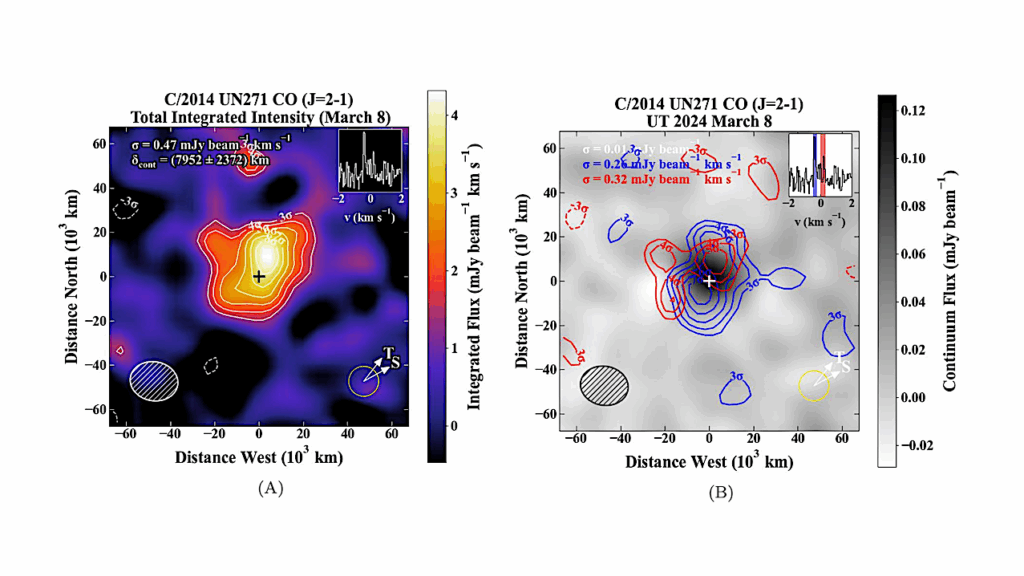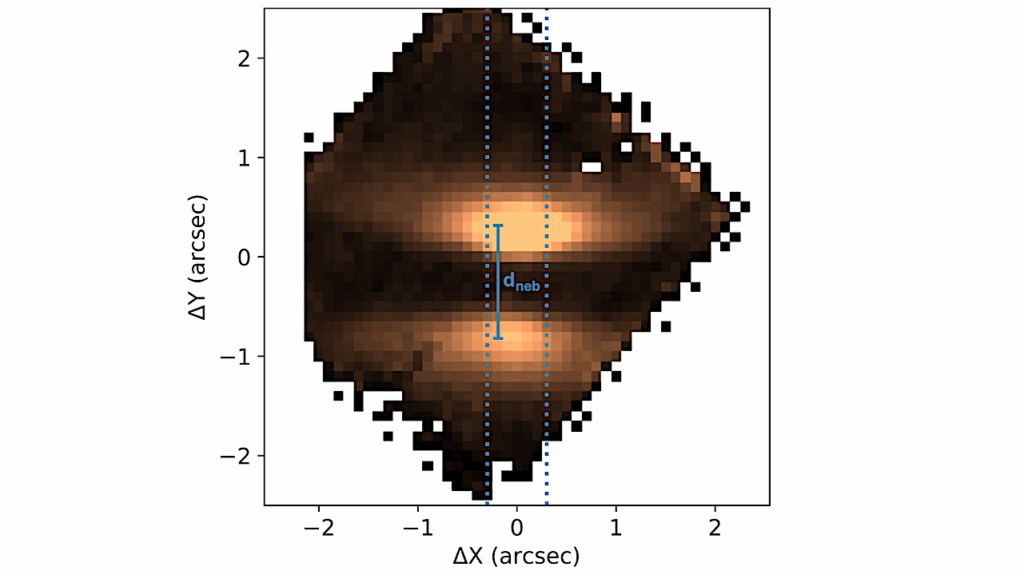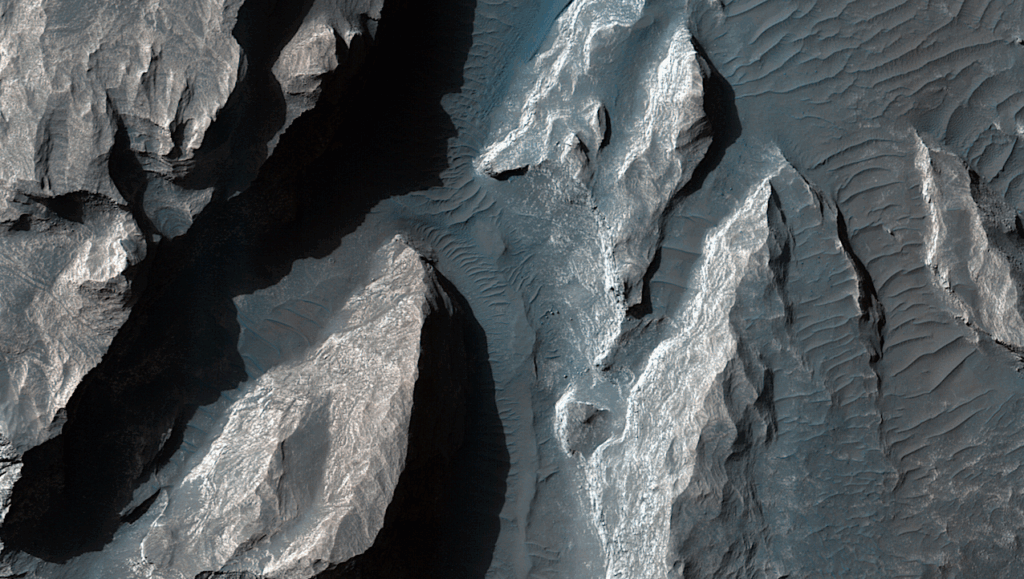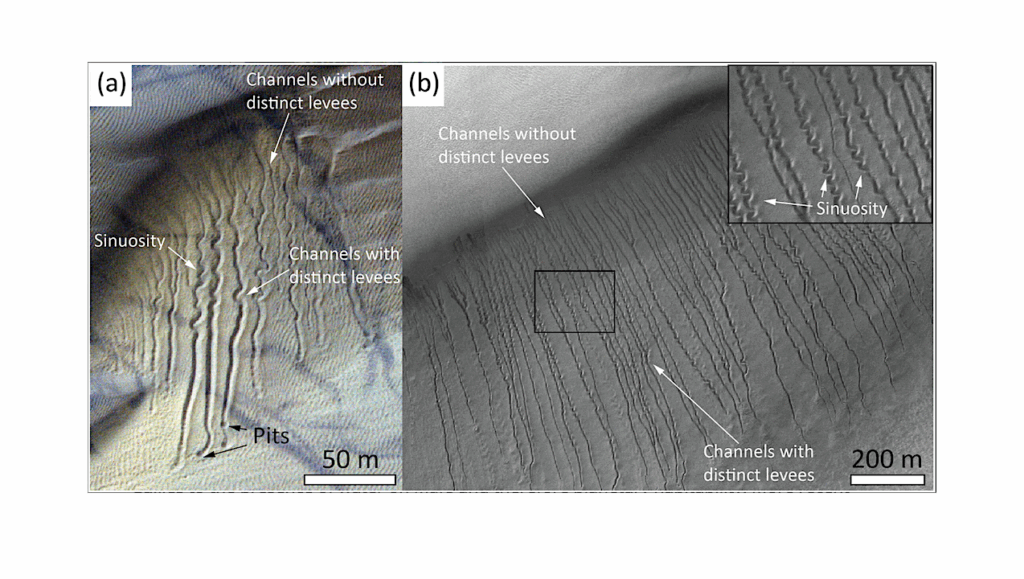NAI Director's Seminar: The Effect of Protoplanetary Disk Dispersal on Planet Formation
Join us for the next NAI Director’s Seminar on Monday, February 4th at 11am PST. The seminar, “The Effect of Protoplanetary Disk Dispersal on Planet Formation,” will be given by David Hollenbach of NASA Ames Research Center. For information on how to join the seminar, go to: http://nai.arc.nasa.gov/seminars/seminar_detail.cfm?ID=117.
Abstract: One of the first questions facing astrobiologists is: “What is the likelihood of habitable planets or moons forming around stars in the universe?” During their formation from gas and dust orbiting young stars, planets compete with mechanisms that disperse the gas and dust: viscous accretion on the central star and dispersal into interstellar space by the effects of nearby stellar encounters, the winds from the central star, and the ultraviolet (UV) and X-ray photons from either the central star or nearby luminous stars. We show with theoretical models validated by astronomical observations how viscous accretion likely dominates the dispersal in the inner regions (< 1 AU) of protoplanetary disks, while UV-induced photoevaporation dominates in the outer regions. These dispersal mechanisms may prevent, truncate, or otherwise affect planet formation and the resultant planetary architecture. Planetary formation is most seriously affected around high mass stars and around low mass stars in clusters of stars with high mass star members. We review progress made on answering the above question and future prospects. [Source: NAI newsletter]








